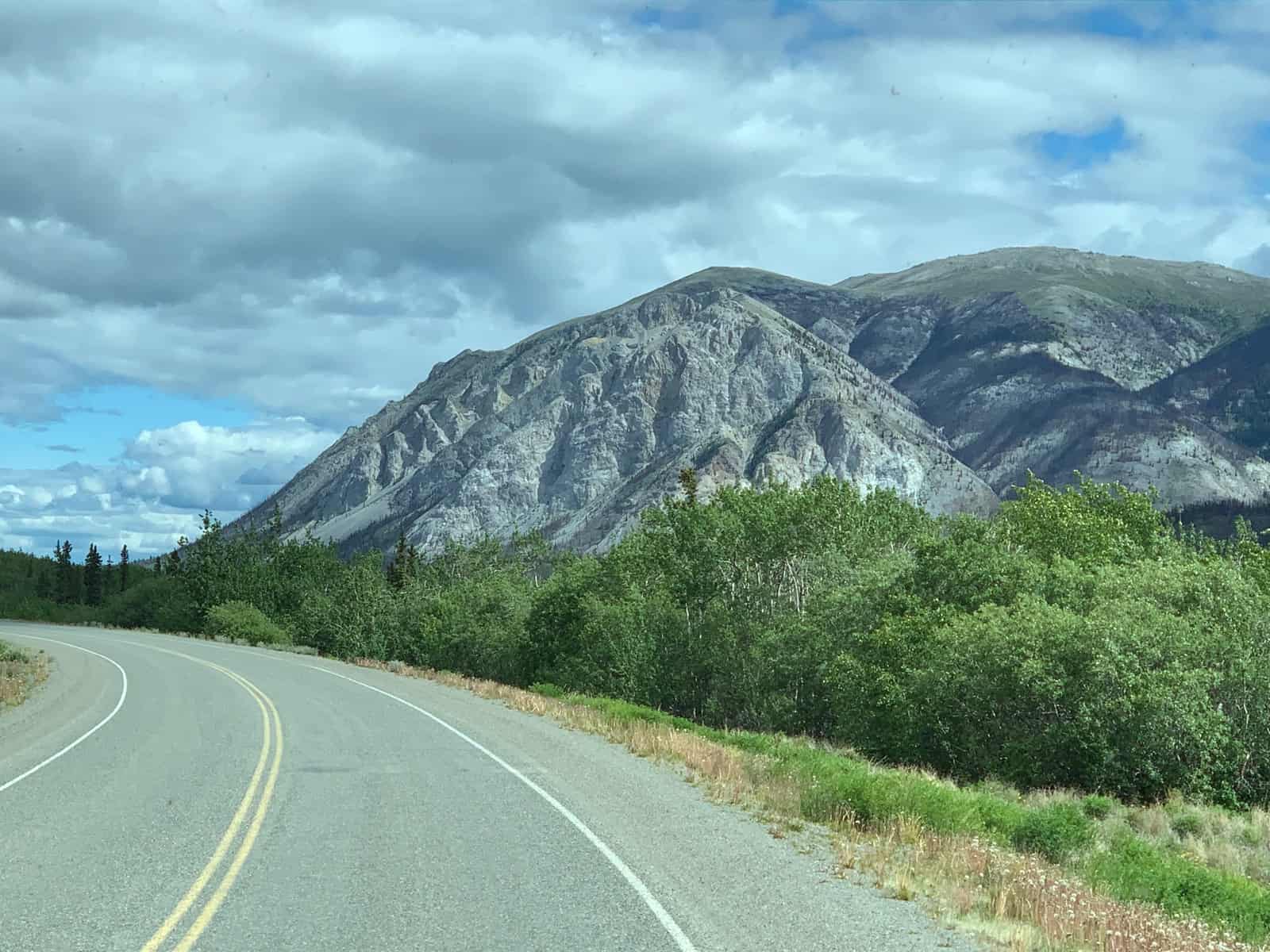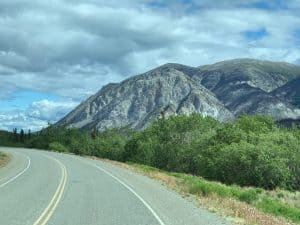
Great American Road Trip
What the Great American Road Trip Says (and Misses) About America
Dr. Allen Pietrobon, assistant professor of global affairs at Trinity, who teaches a course examining the meaning of the Great American Road Trip.is interviewed by the Atlantic Monthly’s CityLab about what this American literary tradition says (and misses) about America.
Read the full interview. by Andrew Small, City Lab, August 28, 2019 
Excerpt: Traveling the open road is an American literary tradition. A history professor says the canon needs an update, especially to include women and people of color.
By the time Jack Kerouac published On the Road, his counterculture account of a zigzag adventure around North America, the idea of a cross-country road trip was reaching the mainstream.
One year earlier, in 1956, the Eisenhower administration had authorized construction of the interstate highway system, promising 41,000 miles of new roads that made travel almost impossible to avoid for millions of Americans. While travel stories were common long before the invention of the automobile, the rapidly growing network of highways meant more people could take to the road, and they could actually do it as a form of leisure.
But the matter of who could partake, and who could tell their stories, shaped the genre in one unmissable way. You’ll have no trouble finding a tale about a white guy hitting the open road in search of himself. Perspectives of women and people of color, by comparison, are few and far between.
“Historically, a woman who had the money to embark on a solo road trip still couldn’t, because she would have been constrained by her social class,” says Allen Pietrobon, a professor at Trinity Washington University who teaches a course examining the meaning of the Great American Road Trip. For people of color, meanwhile, the issue of safety has loomed large. “Travel is not the fun, lovely, free-flowing, discover-yourself journey,” Pietrobon says. “Even the simple things—getting to stop at a gas station or eat at a restaurant—are much more difficult.”
CityLab recently spoke with Pietrobon about the enduring narrative of the Great American Road Trip, how it has evolved over time, and what it says—and doesn’t say—about American society.
